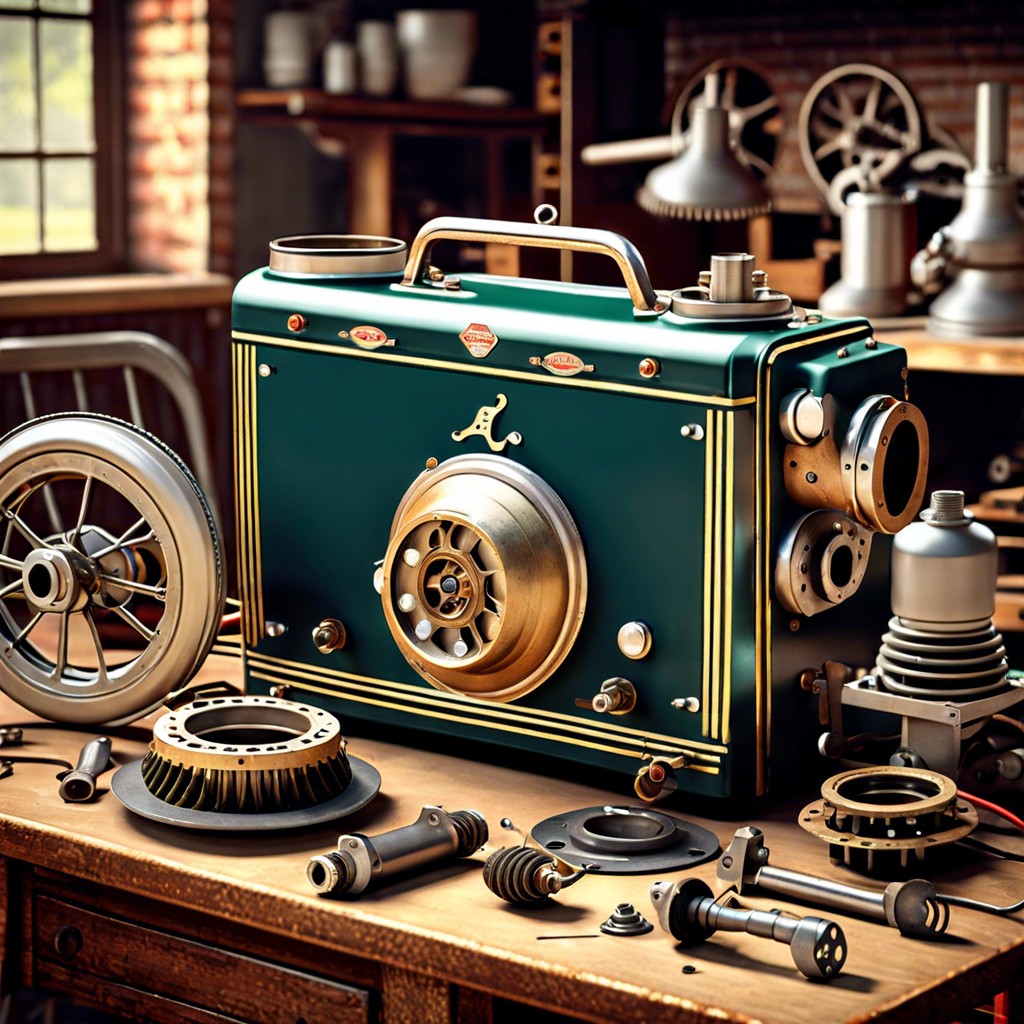Last updated on
Discover key considerations and tips for purchasing a vintage motorcycle, ensuring you make an informed decision on your next classic ride.
Key takeaways:
- Vintage motorcycles are typically over 25 years old and have unique characteristics of their manufacturing era.
- Authenticity and originality are important factors to consider when evaluating a vintage motorcycle. Maintenance and repair records, expert examination, and provenance research can help verify these aspects.
- Market value for vintage motorcycles is influenced by rarity, historical significance, condition, ownership history, and current market trends.
- Consulting vintage motorcycle specialists can provide valuable expertise and insights on make, model, maintenance, and provenance verification.
- When restoring a vintage motorcycle, preserving original parts and considering availability and impact on collectible status is important. Verification of the restorer’s competence and reputation is recommended.
Defining Vintage Motorcycles
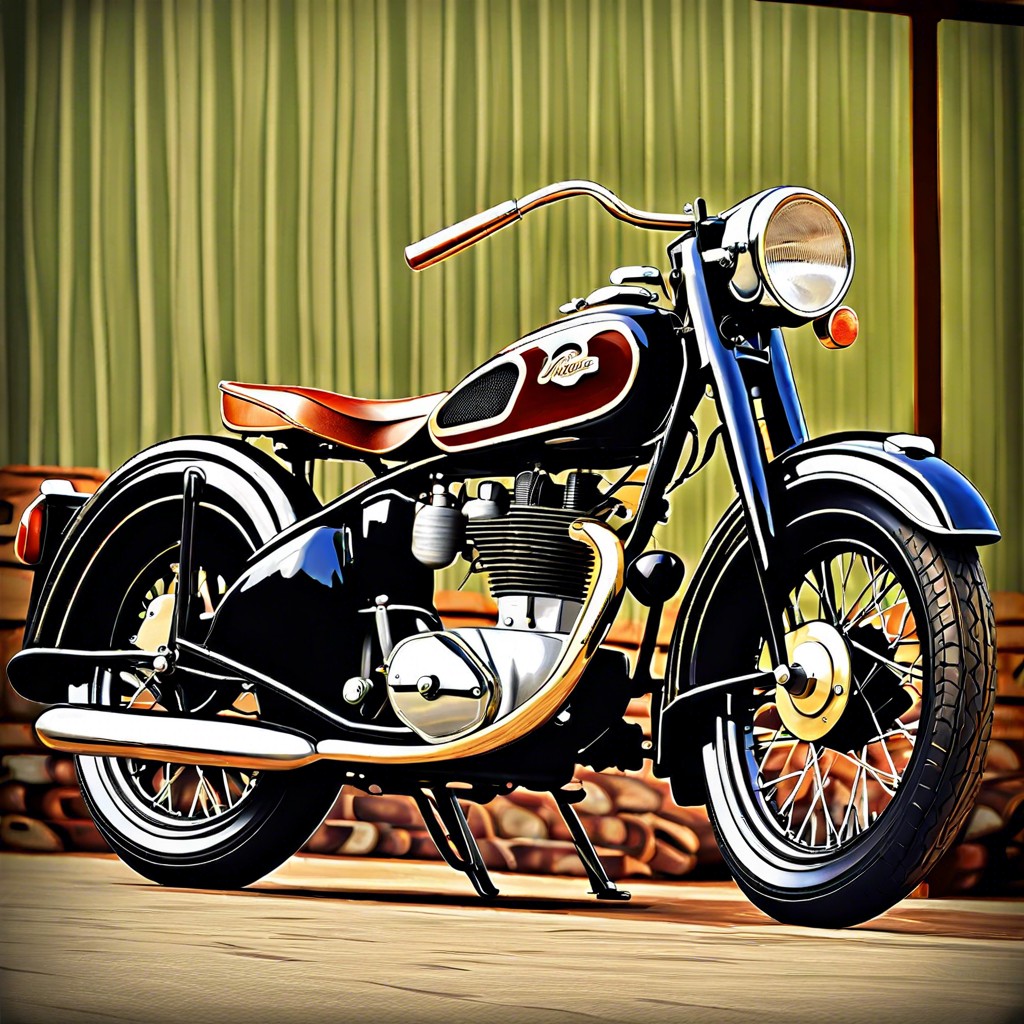
Vintage motorcycles possess a charm rooted in their history and design aesthetic. Typically, any motorcycle over 25 years old may be considered vintage, aligning with the Antique Automobile Club of America’s delineation for cars. The nostalgic allure of these vehicles is not merely encapsulated by age but also by the unique characteristics of their manufacturing era.
Key attributes of vintage motorcycles include the make and model, with marques such as Harley Davidson, Indian, and Triumph often carrying considerable historical value. Moreover, the technological features of the period, such as carburetors, kickstarters, and analog gauges, contribute to the vintage classification.
Additionally, motorcycles with historical significance due to association with notable events or figures can attain vintage status. Their legacy, preserved through careful maintenance or restoration, extends beyond mere transportation to become emblematic of a bygone era.
When assessing a motorcycle as vintage, it is essential to consider its historical context and cultural impact, solidifying its status beyond the simple passage of time.
Evaluating Authenticity and Originality
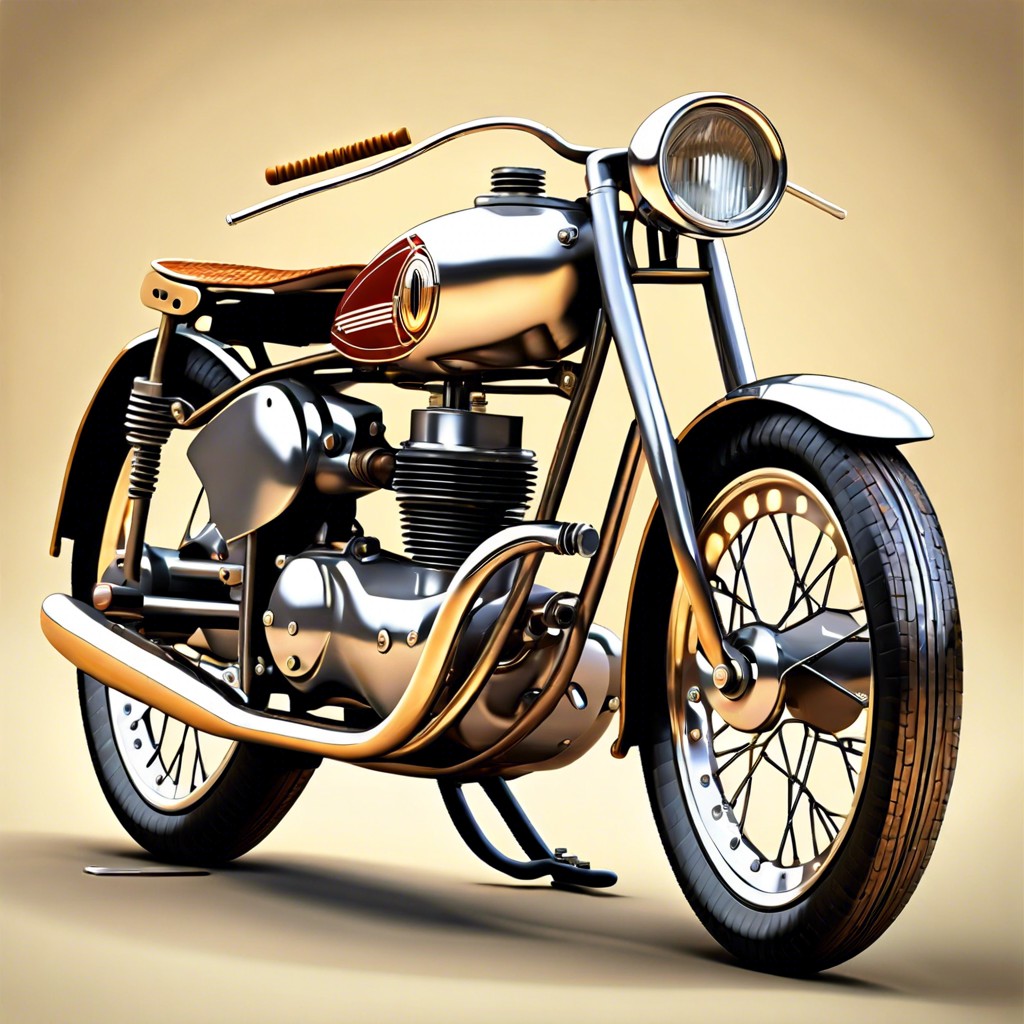
Authenticity in vintage motorcycles pertains to the genuine make, model, and manufacturing details of the bike. Originality, on the other hand, indicates how much of the motorcycle remains in its initial state from the time of production. Buyers should inspect vehicle identification numbers (VIN) against historical records to verify authenticity. Original paint, parts, and factory markings contribute to a motorcycle’s originality and can be substantiated through expert examination and provenance research.
Motorcycle maintenance and repair records offer insight into the bike’s history and upkeep, which can affect its originality. Discrepancies in these records might suggest non-original parts or modifications. Additionally, enthusiasts and historians often share detailed information on model-specific forums and clubs, which can be invaluable for authenticity confirmation.
Lastly, understand that wear and patina, when consistent with the bike’s age, can authenticate its history. Excessive restoration or replacement parts may detract from the bike’s value as a collectible. Therefore, it is crucial to weigh the bike’s proven history against restored elements to grasp its true authenticity and originality.
Determining Market Value
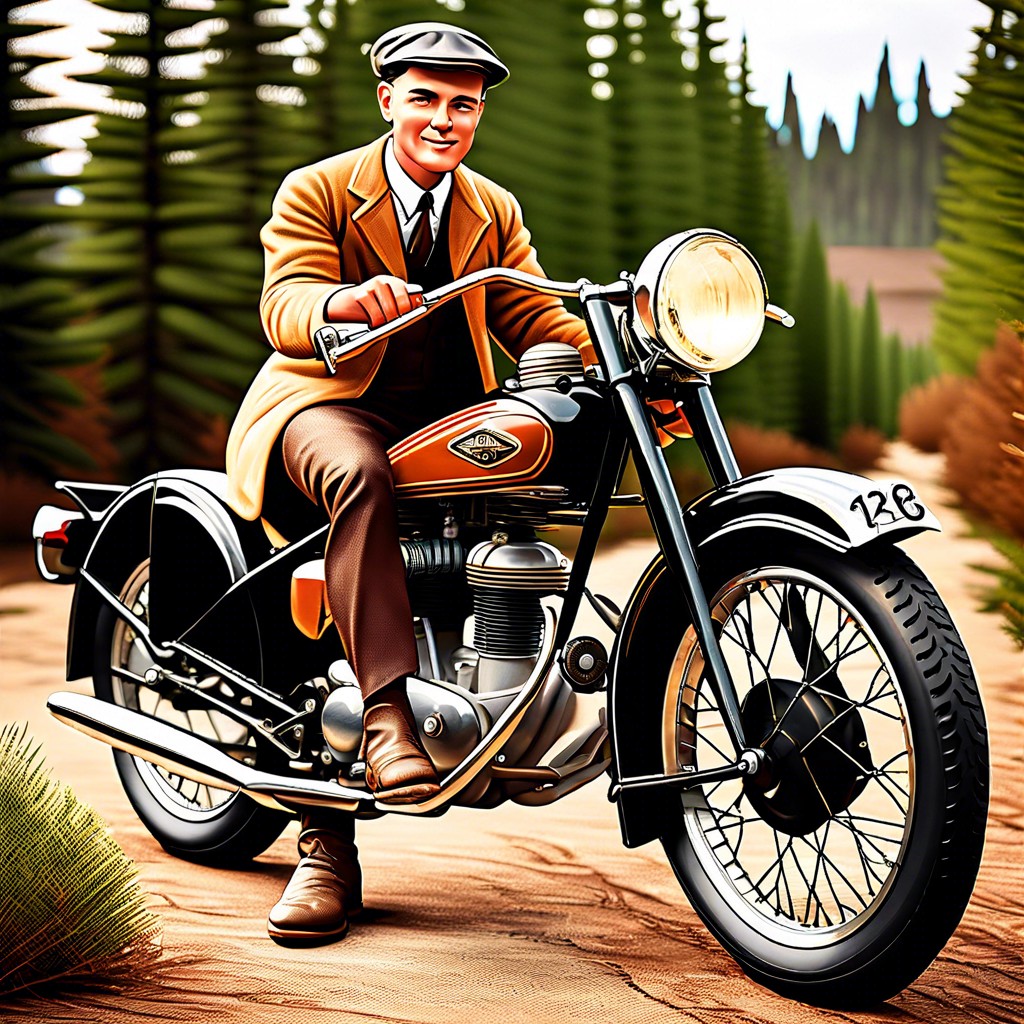
Market value for vintage motorcycles fluctuates based on several key factors. Rarity often commands higher prices; models produced in limited quantities or with unique features are particularly sought-after. Consider also the historical significance of a bike; those with a noteworthy provenance or linked to important events may garner premiums.
Condition critically influences value. Preserve where possible, an all-original motorcycle that runs well is typically more desirable than a restored one. Of course, exceptionally well-executed restorations can also be highly valued, especially when done with period-correct parts and techniques.
Ownership history may add or detract from the motorcycle’s value. A well-documented maintenance history or association with a notable individual can enhance a bike’s market value.
Finally, current market trends should not be overlooked. Demand for certain makes, models, or styles can shift, impacting prices. Attending auctions, following sales reports, and networking within vintage motorcycle communities will provide vital, up-to-date market insights.
Consulting Vintage Motorcycle Specialists
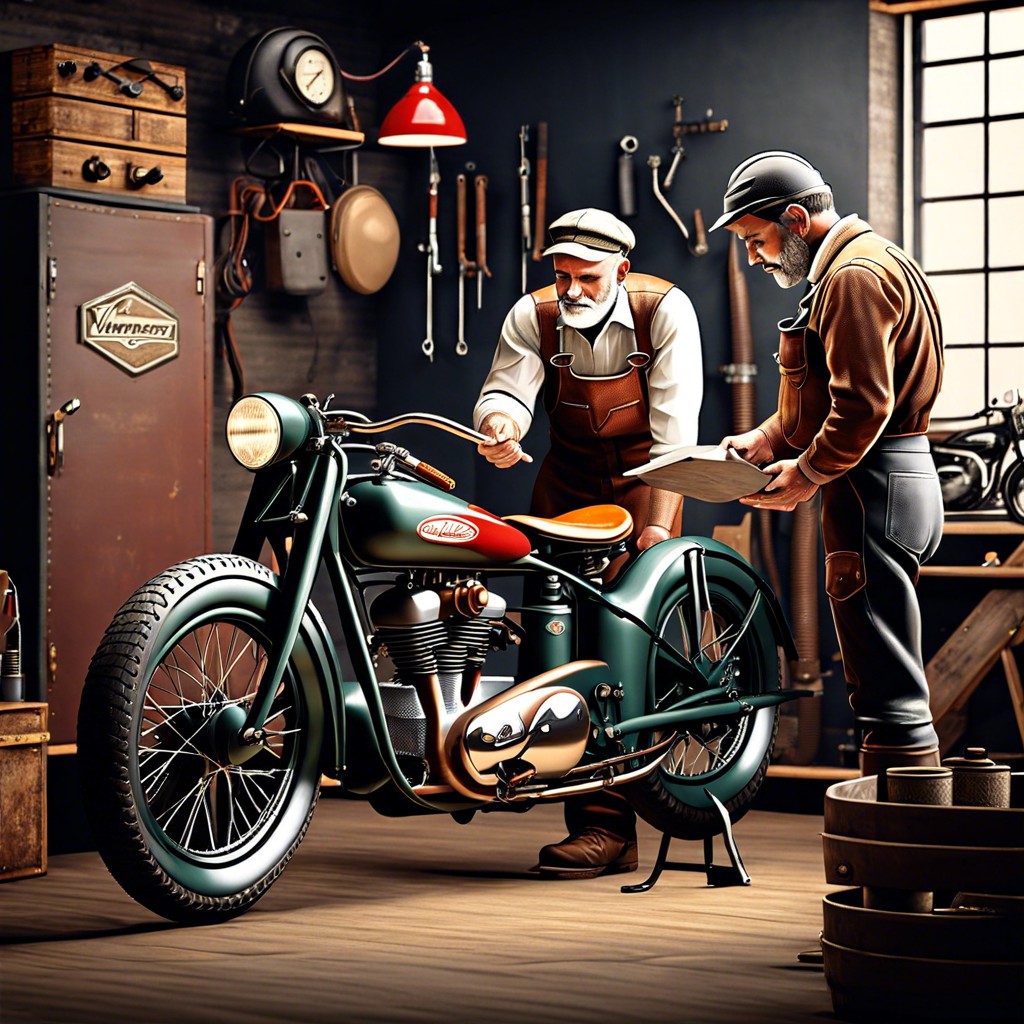
When seeking expertise in vintage motorcycles, experienced specialists offer invaluable insight. They possess a deep understanding of make, model, and era-specific details often overlooked by general enthusiasts. In engaging with specialists, consider their track record in handling, restoring, and trading vintage bikes.
These experts can help identify rare features that add value and provide guidance on maintenance requirements for specific models. Furthermore, they may assist in verifying a machine’s provenance, crucial for investment purposes. Networking within specialist circles could also reveal unadvertised sales opportunities, allowing for more competitive pricing or the discovery of well-maintained gems.
It is advisable to visit curated events and shows where such experts convene. Here, one can gain direct access to a community passionate about the conservation and celebration of motorcycle history. Engaging with specialists is not simply a transactional experience but an educational one that enhances the collector’s appreciation and understanding of their vintage motorcycle.
Restoration Considerations

Restoring a vintage motorcycle can significantly affect its value. Original parts maintain the integrity and worth of the bike, while non-original parts can detract from its authenticity. Before embarking on a restoration, consider the availability of these components and the impact they may have on the motorcycle’s collectible status.
Preservation of a vintage motorcycle is equally crucial. It involves maintaining the bike in its current state, addressing only the necessary mechanical aspects to keep it operational. This approach often preserves the history and patina that enthusiasts cherish.
The intended use of the motorcycle should dictate the extent of restoration. A motorcycle meant for regular riding may undergo more extensive restoration for safety and reliability, whereas one for display may require minimal intervention to uphold its originality.
Finally, verifying the competence and reputation of a restorer is essential. Experienced professionals should do the work to ensure the preservation of the motorcycle’s value and historical accuracy.
Related:

